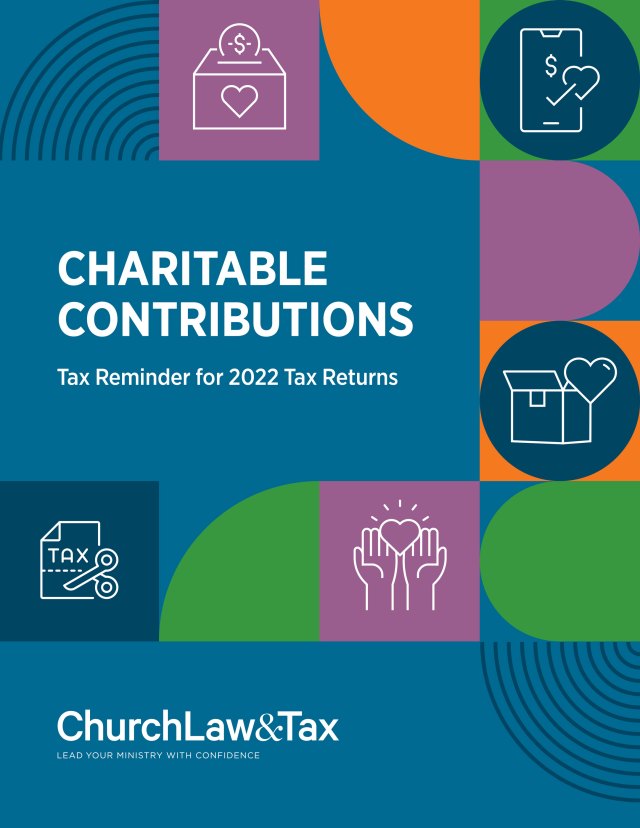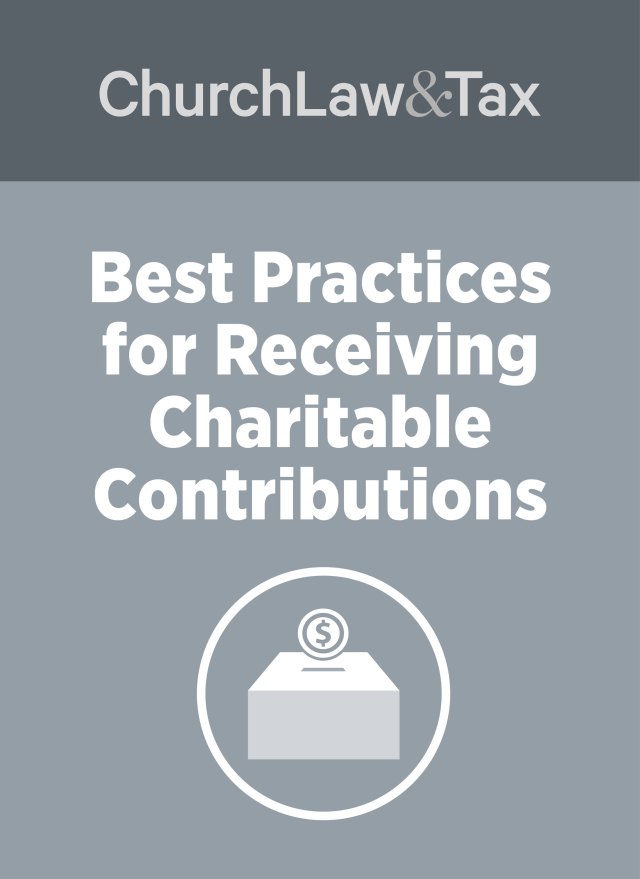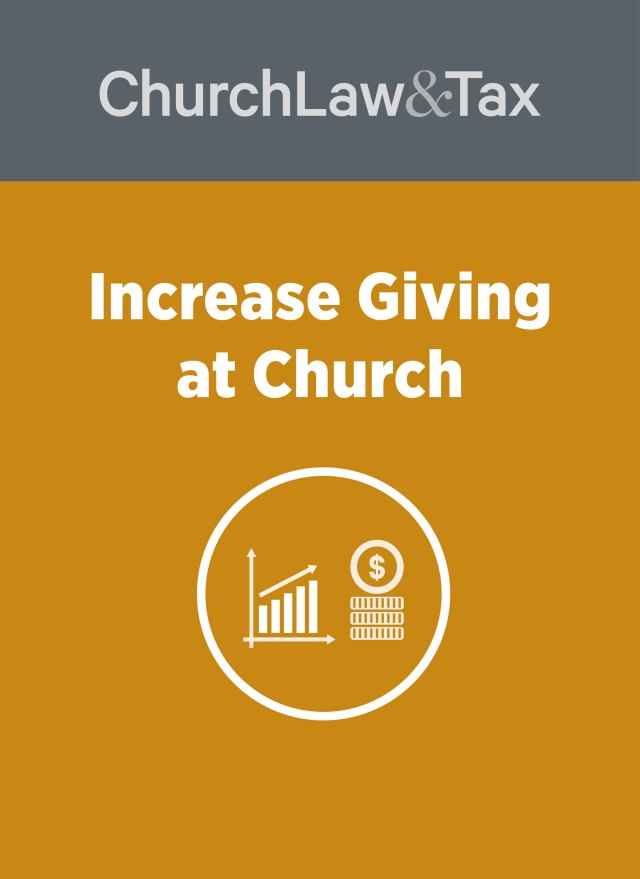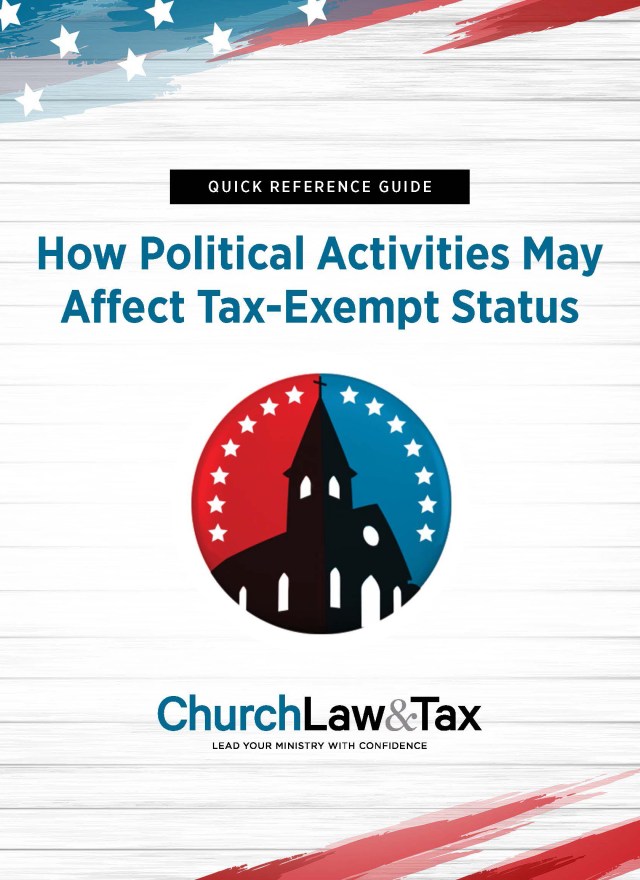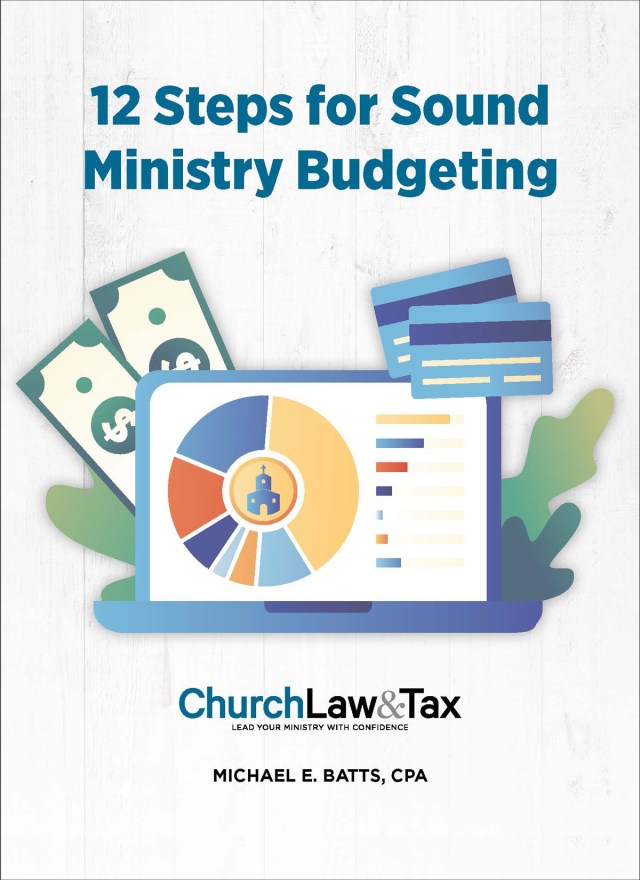An entire offering from an evening church service was stolen when the church board member counting it momentarily stepped away, according to NewsChannel 3. It’s reported that he heard a door slam and then discovered the money was gone.
One step of fraud prevention is to require more than one person to be present while counting an offering, but this case shows that two people present may help with more than fraud prevention. It can also help protect against people who may know or see where the money is counted and might sneak in while someone is looking away.
Another way to protect the church offering is to “consider providing a secure location for counting church offerings,” Steve Edmonds writes. “While most cash control measures are procedural, this is another area in which a church’s design can improve security. If a school for criminals existed, one of the primary lessons would be that churches collect money on Sundays and Wednesdays.”
We recommend that churches develop a policy and plan for how and where the church offering is counted to prevent against internal and external theft. Each church may have a different way that works best for them. In “Stunned by an Inside Job,” Richard L. Bergstrom writes that his church, after dealing with church fraud, decided it would be best to leave the filled offering plates on a table in the front of the church for everyone to see during the service. “In many churches, an immediate counting in a secured room is more practical and just as effective. In our case, we felt a public demonstration of our accountability was in order.”
He offers eight questions worth asking when evaluating your church’s policy on handling money:
- Do we count and record offerings immediately after they are received?
- Are offerings always stored in a secure or well-supervised area?
- Do we make sure that offerings are never handled by only one person before they are counted and recorded?
- Do we issue annual receipts for giving?
- Do all church accounts fall under the general accounting and auditing structure of the church?
- Are all persons authorized and able to write checks against church funds held responsible through an accounting-auditing system?
- Do we make sure the same person is not involved in more than one of the financial procedures of the church (collecting the funds, counting them, recording the giving, authorizing expenditures, writing the checks, auditing the accounts)?
- Do we provide the bank with annual updates of persons authorized to sign checks against any account associated with the church?
- Unless you can give a firm yes to all of these questions, you may have a hole in your church financial structure, leaving hundreds or perhaps thousands of dollars vulnerable.
- Read Internal Controls for Churches for more information on protecting your church’s money.
